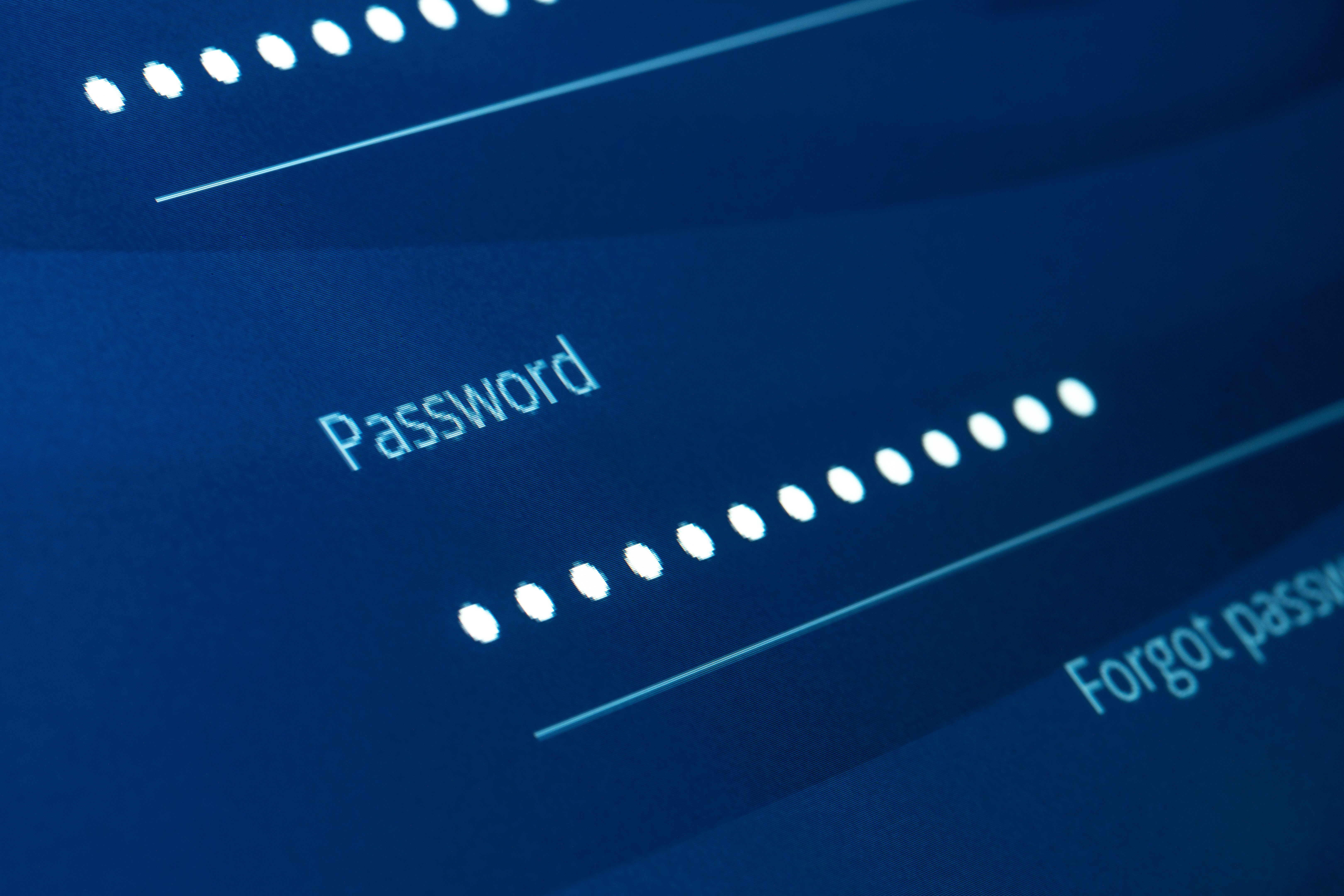How to Outsmart Email Scammers
How to Outsmart Email Scams: A Simple Guide for Seniors
Email scams remain a serious issue in 2025—especially for older adults. But with the right knowledge and habits, you can protect yourself confidently.
This guide explains how scams work, how to spot them, and what steps to take if you’re unsure about an email. It’s designed to help you feel informed, not overwhelmed.
What Is an Email Scam?
Email scams are fake messages meant to trick you into giving away personal information or money. Scammers often pretend to be your bank, Medicare, a family member in trouble, or even a prize organization.
These emails often look real, use urgent language, and try to get you to click a link or reply quickly. But there are clear warning signs that you can learn to recognize.

Three Red Flags to Watch For
1. Requests for Personal Information
Legitimate companies will never ask for your password, Social Security number, or credit card details by email.
2. Messages About Prizes or Lotteries
If you didn’t enter a contest, you didn’t win one. Be cautious of emails that claim you’ve won something unexpectedly.
3. Urgent or Threatening Language
Emails that say your account will be closed or that legal action will be taken are using scare tactics. These are designed to pressure you into reacting without thinking.

Smart Habits That Keep You Safe
Examine the Email Address: A real company will use an offici email domain (like @bankofamerica.com). Scammers often use addresses from Gmail, Yahoo, or other generic services.
Avoid Clicking Links in Suspicious Emails: If an email urges you to click a link, don’t. Instead, go to the company’s website by typing the address into your browser or call them directly.
Create Strong Passwords: Use a mix of letters, numbers, and symbols. Avoid simple passwords like names, birthdays, or “1234.” Change your password every few months.
Keep Your Device Updated: Make sure your phone, tablet, or computer has the latest software updates and security protections installed.
What to Do if You’re Unsure
If an email feels suspicious, don’t respond. Take one or more of these steps instead:
Call a Trusted Person: Ask a family member, neighbor, or your local Tech Helper to take a look. A second opinion can help spot a scam.
Report the Email: Use the “Report phishing” or “Report spam” button in your email program. You can also contact the company being impersonated.
Take Action if You Shared Information: If you accidentally gave out personal information, call your bank, credit card company, or a trusted support line immediately.

Trusted Resources for Help
Keep these resources handy:
AARP Fraud Watch Network
877-908-3360
Federal Trade Commission (FTC)
www.reportfraud.ftc.gov
Tech Helpers
216-245-7092
[email protected]
Stay Informed and Share What You Learn
Talking with friends and family about scam attempts helps everyone stay safer. If you receive a suspicious email, let others know. Staying connected and informed makes it harder for scammers to succeed.
And remember—there is no shame in being cautious. When it comes to email safety, asking questions and double-checking is a sign of strength.